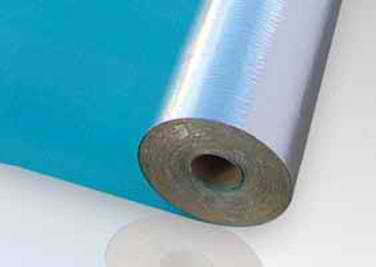Understanding R Value
What is ‘R Value’?
If you’ve spent even the smallest amount of time researching insulation, you will have come across the term ‘R Value’, but what is it?
Put simply, an ‘R value’ is a measure of the products thermal performance, ie, how effective it is at insulating your home. Think of it as a measure of Resistance to heat flow.
Insulation comes in many different levels of effectiveness. Consequently, so that you can understand how effective an insulation is and compare it to other products, all insulation products sold in Australia are required to state an ‘R value’ on the packaging.
The higher the ‘R’ value the better the product is at resisting heat flow through it, and thus insulating your home. So far so good, right?
Not so fast! Unfortunately there are 2 types of ‘R value’. ‘Material R value’ & ‘System R value’. (sometimes called Total, stand alone or In Situ R value) Understanding the difference between the types of ‘R value’ is essential when buying insulation.
‘Material R value‘ is a measure of the thermal efficiency of the insulation alone, without considering any other elements of the building, and is tested in very controlled laboratory conditions. This provides an accurate measure of the effectiveness of the product alone at insulating your home.
‘System R value’ is a measure of the thermal efficiency of the insulation material plus other building components & factors, such as air gaps, plasterboard, roof tiles, time of year etc. Because ‘System R values’ include the thermal resistance provided by the other building components, it is not possible to test this in a laboratory.
Consequently the ‘System R value’ stated on a product is an estimated ‘R’ value based on a calculation. Whether or not the product will actually provide the stated level of insulating performance will depend on the other elements of the building also.

Important things to consider when comparing ‘R Values’
Bulk insulation [products (Batts, rolls or sheets) usually quote ‘Material R Values’

Reflective insulations usually quote ‘System R Values’

However, some organizations will quote or talk about ‘System R Values’ when describing the performance of their product as this will make the product seem more effective. It is ALWAYS necessary to clarify if the ‘R Value’ being quoted is Material or System.
In general, any 2 bulk insulation products that have the same ‘Material R value’ will be equally efficient at insulating your home, regardless of the thickness of one compared to the other, and the type of material used. (the only exception to this is Real Wool insulation, which, because of the structure of the fibre, may provide a higher level on insulation when installed as opposed to it’s laboratory test)
A bulk insulation & reflective insulation that have the same ‘R’ value may not be equally effective at insulating your home. Generally, a reflective insulation will need to have a higher stated ‘R’ value than a bulk insulation material to be equally effective. However, how much higher will depend on time of year, heat flow direction and other factors etc.
